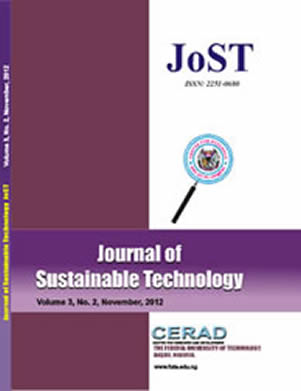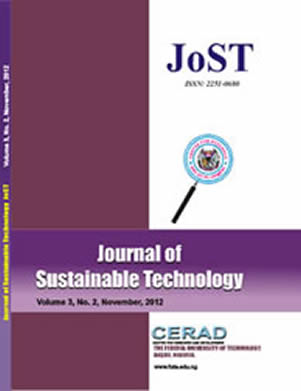The influence of monogamous and polyandrous social groupings on body weight, the weight of testicles and other accessory sex organs were investigated using the albino rats in a 16 week study. The monogamous group (MG) had a more superior and statistically significant (P<0.05) final weight and weight gained than the polyandrous group (PG) i.e. 257.32g versus 232.38g and 192.90g versus 168.16g for the MG and PG respectively. The combined testicular weight for the MG was 2.10g as opposed to 1.58g for the PG. The right testis of the MG weighed more than the left testis while the reverse held true for the PG. The combined weight of the epididymides in the two social groups also differed (0.83g for the MG and 1.13g for the PG). The right epididymis was however slightly heavier than the left epididymis in the two social groups. The monogamous males had bigger seminal vesicles than polyandrous males (1.33g versus 0.86g). The relative weights of the combined testicles were 0.82% and 0.72% for the MG and PG respectively. Values of the same parameter for combined epididymides was 0.32% for the MG and 0.35% for the PG, while the relative weight of the seminal vesicle was 0.52% and 0.37% for the MG and PG respectively. This study revealed that the testicular weight increased correspondingly with the body weight and both are positively influenced by monogamy, while polyandry could result in reduced body weight and testicular size both of which are inimical to the reproductive success of any male mammalian species. Polyandry could however equip the mammalian species with larger epididymides and hence better sperm storage and sperm maturation capacity to cope with the relatively higher frequency of mating observed among the polyandrous male rats and by extension in other mammals and probably among human population where fraternal polyandry is enshrined in the native culture.
PAPER TITLE :INFLUENCE OF MONOGAMY AND POLYANDRY ON BODY WEIGHT CHANGE AND GONADAL MORPHOMETRY OF THE MALE ALBINO
JOURNAL Of SUSTAINABLE TECHNOLOGY | VOLUME 2 NUMBER 1 2011
Paper Details
- Author(s) : ARO, S. O. and ADEJUMO, D. O.
- Abstract:



